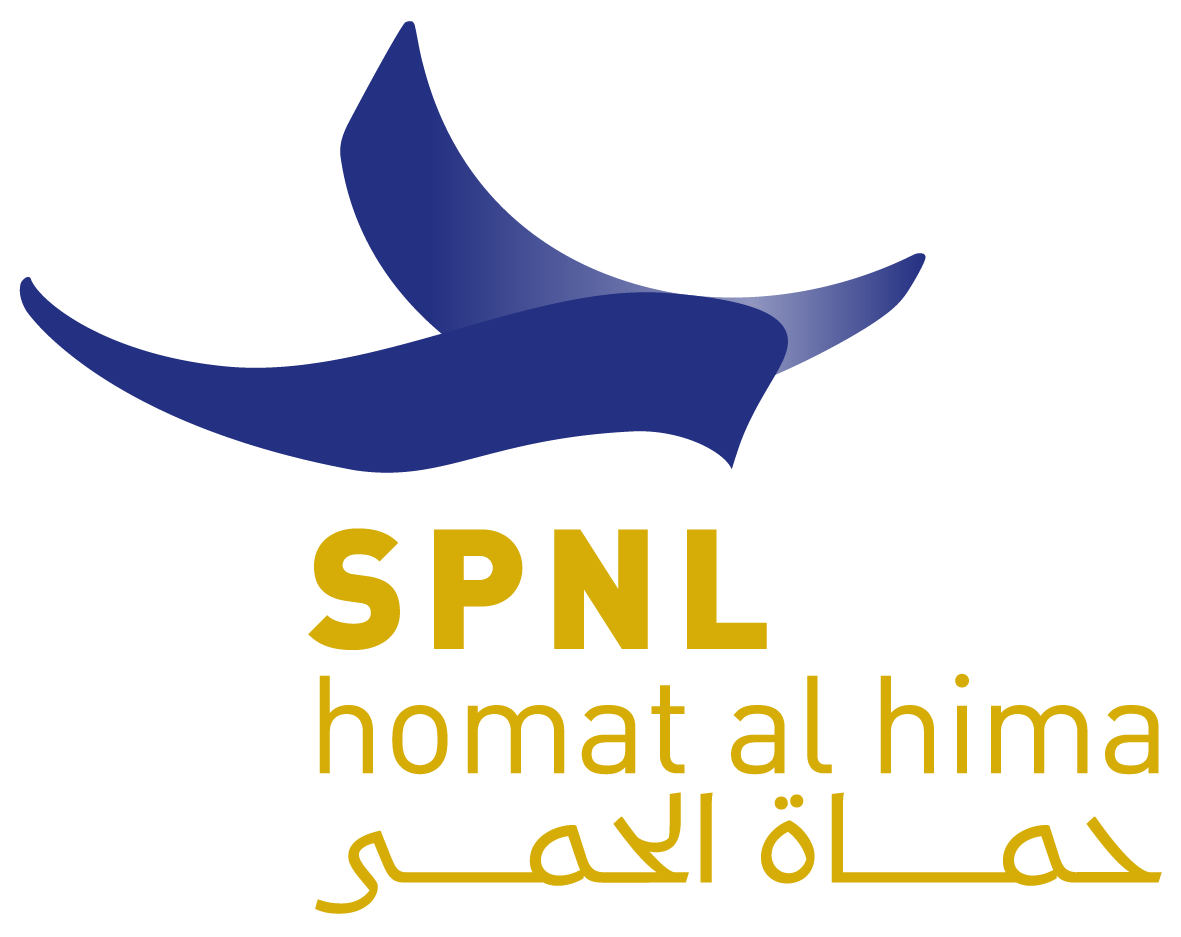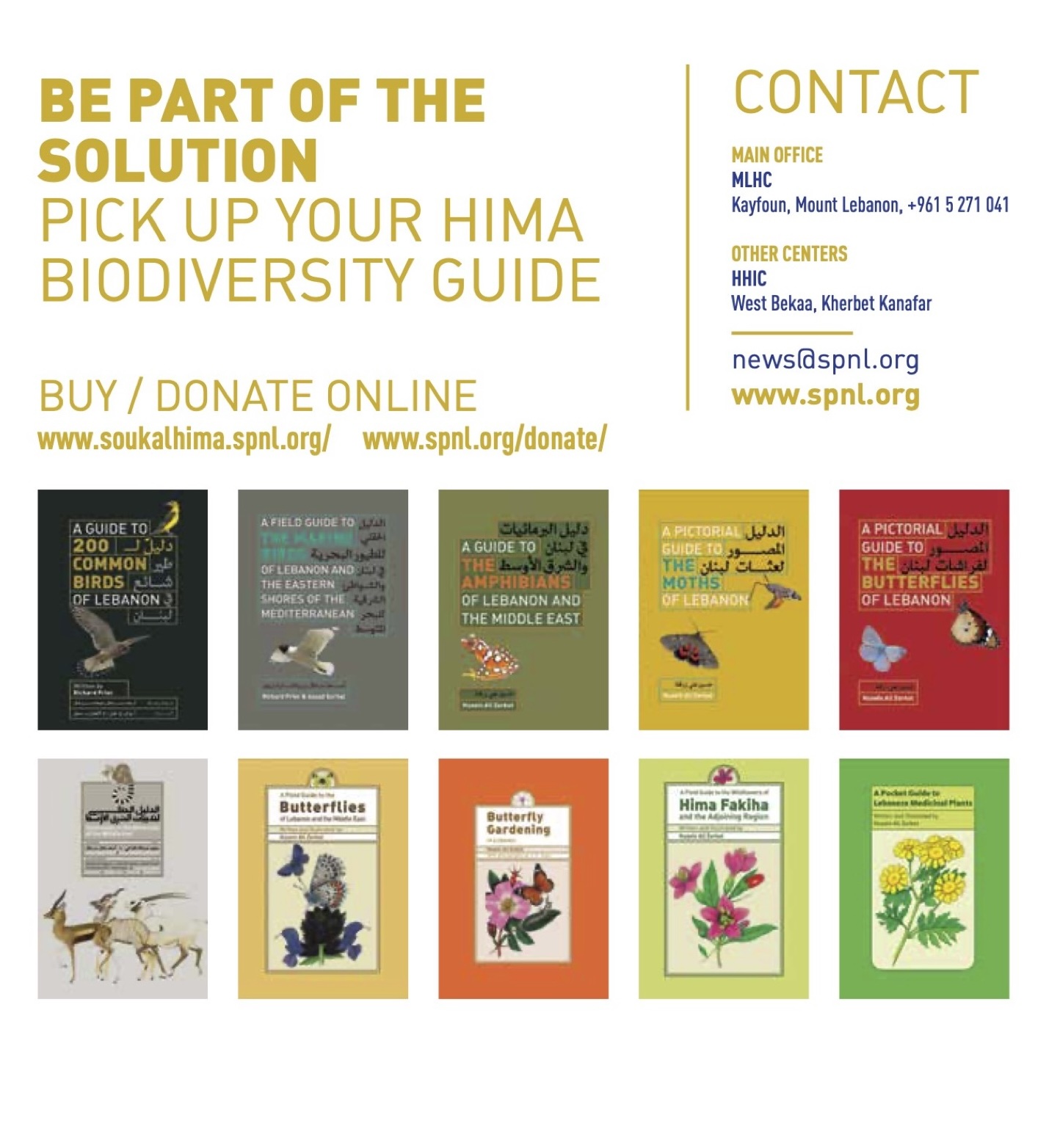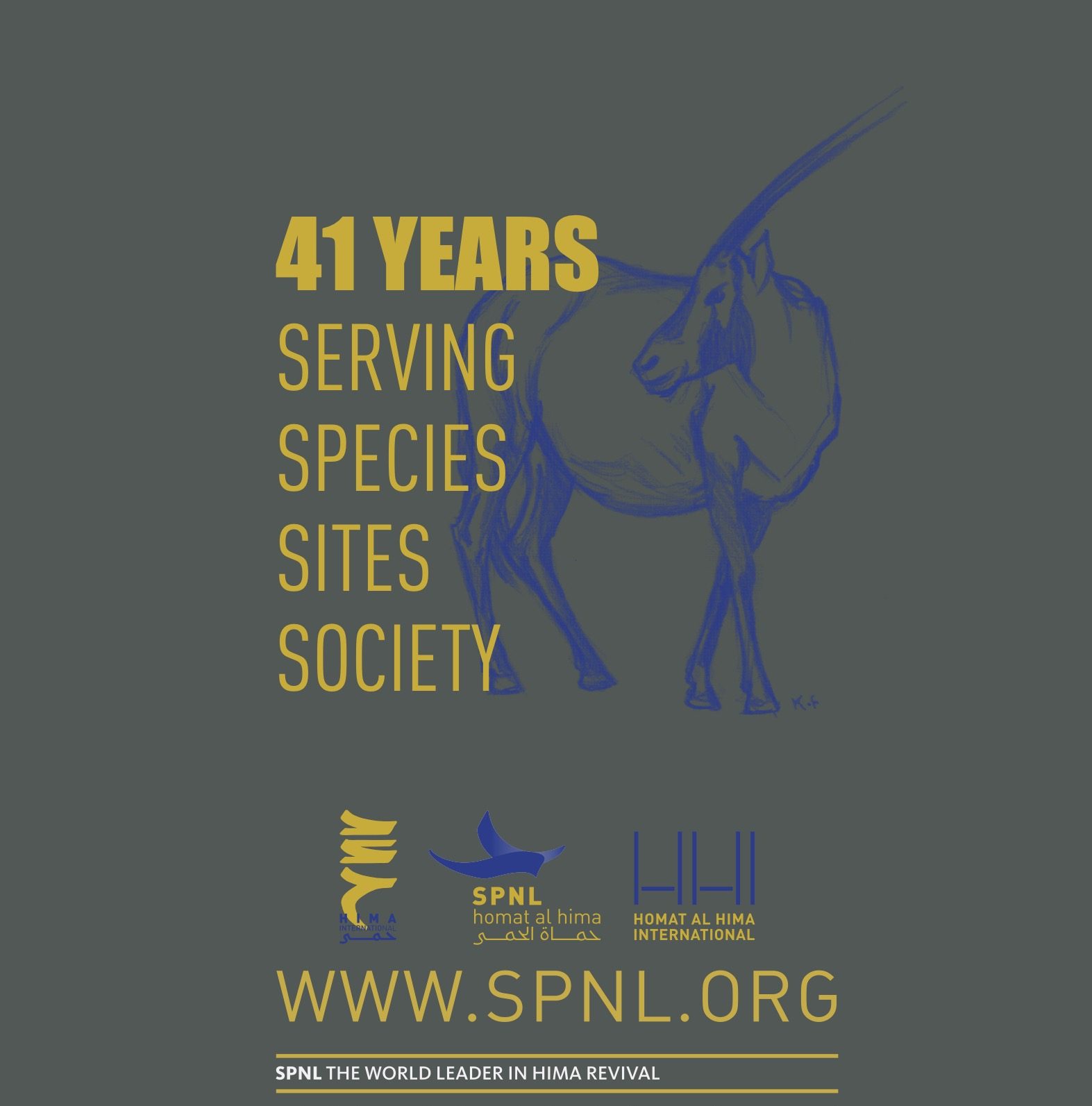The “Doroub Al-Hima” trails, launched by the Society for the Protection of Nature in Lebanon (SPNL), are pioneering initiatives promoting eco-tourism and sustainable development while preserving the country’s rich natural and cultural heritage. These trails have attracted over 11,600 visitors, reflecting a growing interest in responsible tourism and exploring Lebanon’s environmental and cultural treasures.
Spanning eight villages, these trails have been developed through agreements with local communities, economic, cultural, and social institutions, as well as charitable organizations. This collaboration aims to empower local communities to benefit directly from eco-tourism, whether by providing services to visitors, promoting local handicrafts, or preserving natural and historical sites.
These trails offer a unique opportunity for visitors to explore the remarkable biodiversity of these regions, from natural forests to biosphere reserves, as well as ancient heritage houses that tell the stories of past generations, reflecting Lebanon’s rich architectural and historical legacy. Along the trails, visitors also encounter religious and cultural sites that highlight the coexistence of different sects and communities.
Many visitors have expressed a deep sense of belonging and joy while exploring these areas, as they feel like they are embarking on a journey through time, blending the beauty of nature with the authenticity of heritage. These trails are not merely walking paths; they serve as bridges connecting people to the land, the past to the present, and environmental conservation to sustainable development.
The “Doroub Al-Hima” project stands as a successful model of sustainable eco-tourism, where efforts from civil society, local associations, and authorities converge to protect nature, heritage, and culture while generating economic and social benefits for local communities. It is a living example of how humans can be a part of nature rather than just transient visitors.
Funding and Partnerships
The “Doroub Al-Hima” project is being implemented with the support of the BioConnect Project, funded by the European Union, which seeks to strengthen the link between nature and local communities by supporting sustainable environmental initiatives. This funding is being used to develop the trail’s infrastructure, improve tourism services, and support community-based activities that raise environmental awareness and encourage local residents to engage in conservation efforts. Additionally, the project focuses on building the capacities of individuals working in the eco-tourism sector, enabling them to offer a more sustainable and comprehensive tourism experience.
About the BioConnect Project
The BioConnect Project, funded by the European Union, aims to enhance the governance and management of environmentally significant sites in southern Lebanon by establishing new protected areas to safeguard landscapes and biodiversity on a broader scale.
The project is implemented by four key partners:
- Shouf Biosphere Reserve Association (ACS)
- Association for Rural Capacity Development (ADR)
- Association for Community and Environment (ACE)
- Society for the Protection of Nature in Lebanon (SPNL)
These partners work together to improve the management of important environmental sites, establish new protected areas, and implement “Other Effective Area-Based Conservation Measures” (OECMs) to ensure a more holistic approach to landscape conservation.





















